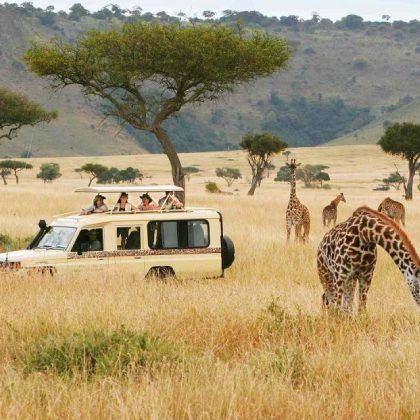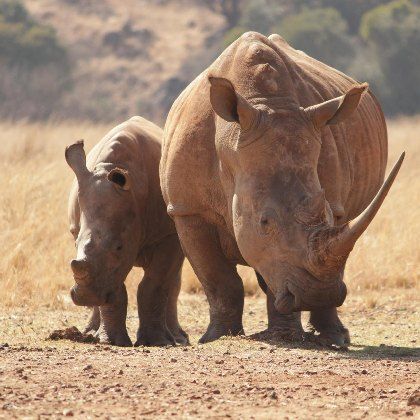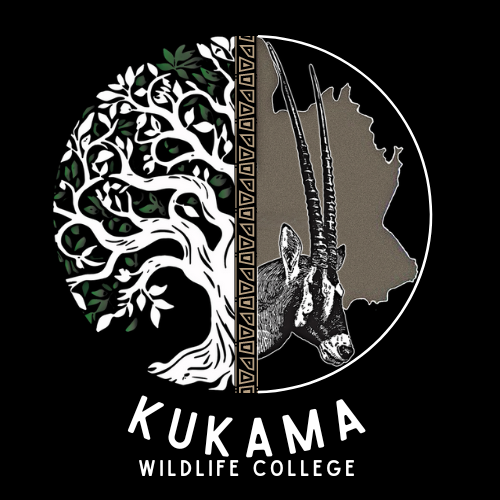
What Is Wildlife Conservation Training?
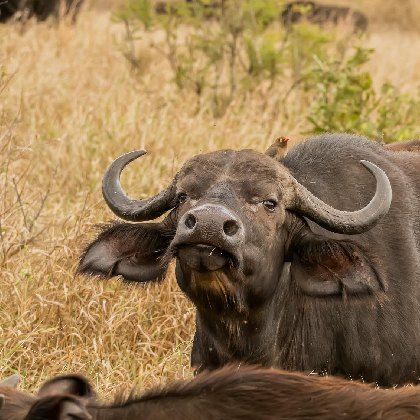
Wildlife conservation training plays a pivotal role in safeguarding the rich biodiversity of our planet. It equips individuals with the knowledge and skills needed to protect wildlife and their natural habitats effectively.
In this article, we'll explore the essence of conservation education for wildlife protection, the importance of training in wildlife preservation, and the key elements that constitute these training programs.
Understanding Conservation Education for Wildlife Protection
Conservation education for wildlife protection focuses on teaching methods to preserve and manage wildlife populations and their ecosystems. It encompasses a wide range of topics, including ecology, species behavior, and environmental policies. By understanding these areas, individuals can contribute to sustaining biodiversity and promoting healthy ecosystems.
This type of training often combines classroom learning with hands-on experiences. Participants might engage in activities such as tracking animals, studying their habitats, and learning about the challenges they face. Through practical application, trainees gain a deeper appreciation and understanding of the intricacies of wildlife ecosystems.
Moreover, conservation education fosters a sense of responsibility towards the environment. It encourages individuals to become advocates for wildlife, promoting conservation efforts within their communities. By spreading awareness and knowledge, they help to create a collective movement towards preserving our natural world.
The Importance of Training in Wildlife Preservation
Training in wildlife preservation is crucial due to the increasing threats that wildlife faces today. Issues like habitat loss, climate change, and poaching have led to a decline in numerous species. Well-trained conservationists are essential in combating these problems and implementing effective strategies to protect wildlife.
Education in this field allows individuals to understand the complex relationships between species and their environments. This understanding is vital in developing conservation plans that are both effective and sustainable. It enables conservationists to anticipate challenges and adapt strategies accordingly.
Additionally, wildlife preservation training empowers local communities. By involving residents in conservation efforts, there is a greater chance of success. Trained locals can monitor wildlife, report illegal activities, and participate in restoration projects, all of which contribute significantly to conservation goals.
Key Elements of Wildlife Conservation Training Programs
Wildlife conservation training programs typically include several fundamental components. Firstly, they offer comprehensive knowledge about different species, including their habits, diets, and roles within the ecosystem. This information is essential for identifying the needs of each species and how best to protect them.
Secondly, these programs provide practical skills through fieldwork. Participants might engage in activities such as habitat restoration, wildlife monitoring, and the use of conservation technology. Hands-on experience is invaluable, as it prepares individuals for real-world scenarios they will encounter in the field.
Lastly, effective training programs emphasize the importance of collaboration and communication. Conservation efforts often involve multiple stakeholders, including governments, NGOs, and local communities. Learning how to work together towards common goals is a critical skill for any conservationist.
In Summary
Wildlife conservation training is an essential avenue for anyone passionate about protecting our planet's natural heritage. It offers the knowledge and practical skills needed to make a tangible difference in wildlife preservation efforts.
If you're inspired to take action, consider getting a free quotation or signing up for a wildlife conservation course at our college. Together, we can make a significant impact on the future of wildlife conservation.


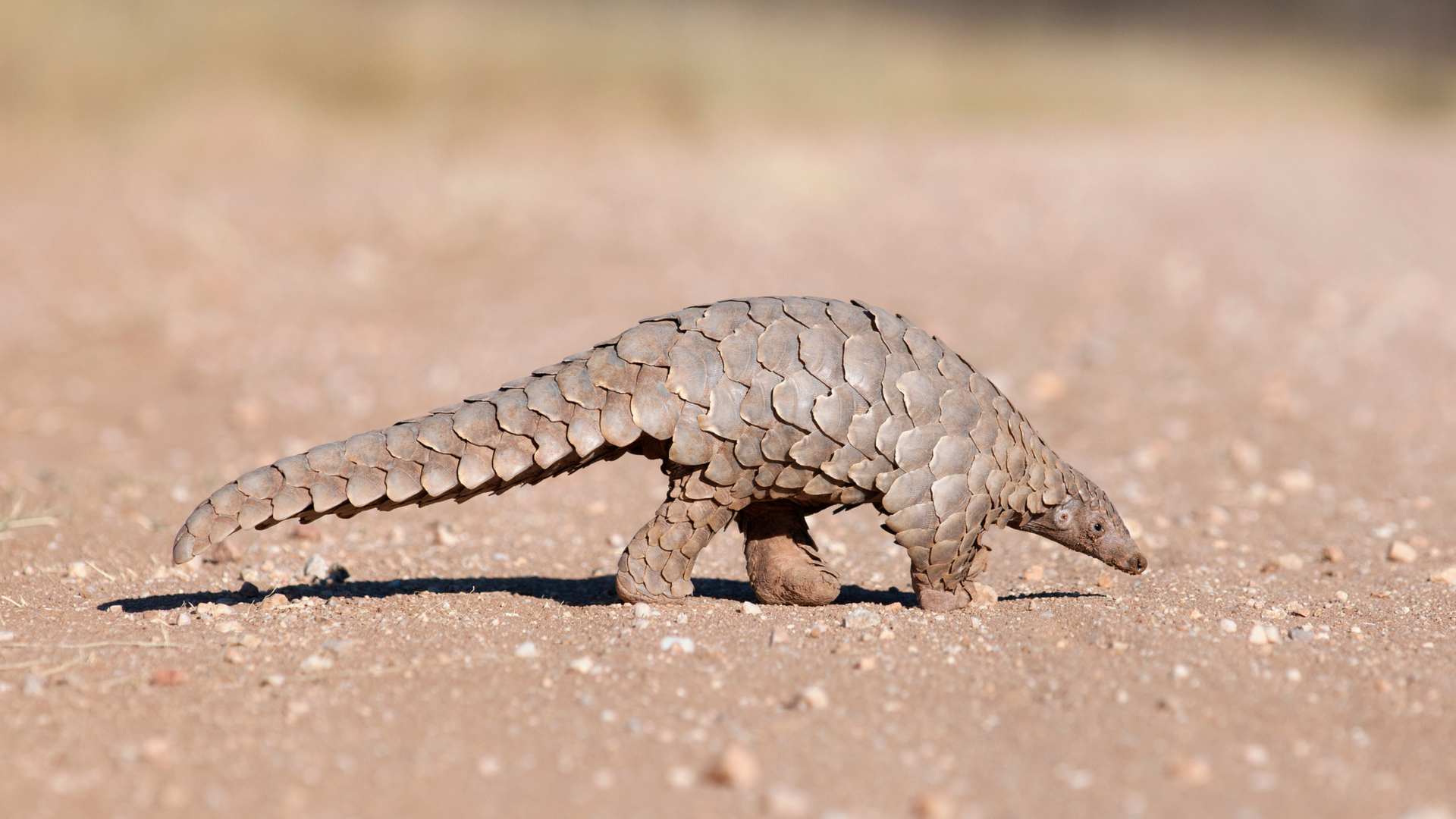
CONTACT
Send us an email and we'll get back to you soon.
Thank you for contacting us.
We will get back to you as soon as possible
Please try again later
